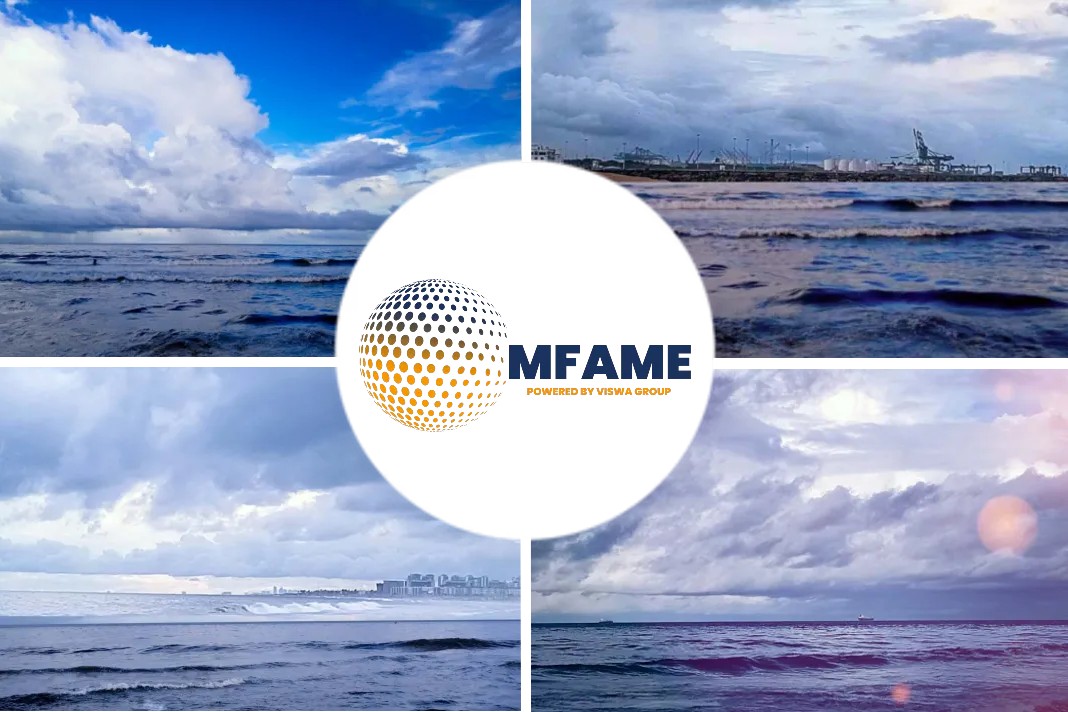
The International Maritime Organization’s (IMO) recently approved and updated strategy for reducing greenhouse gas emissions expedites the schedule for the shipping industry’s journey towards decarbonization says Riviera.
Navigating Urgency
Under IMO’s revised GHG strategy, international shipping should reduce its total GHG emissions by at least 20%, striving for 30% by 2030, and at least 70%, striving for 80% by 2040 as compared to 2008 levels.
These indicative checkpoints are meant to mitigate industry procrastination, driving the industry forward towards its net-zero goal. Additionally, by 2030, at least 5%, striving towards 10%, of the global fleet will be using zero or near-zero GHG emission technologies, fuels and energy sources.
This was highlighted during a recent Argus Marine Fuels webinar, examining the impact of IMO’s revised emissions strategy and the implementation of the EU ETS in 2024.
Carbon Concerns
- One of the key takeaways from the webinar was that scrubber-fitted ships burning heavy fuel oil will still be cheaper to operate in 2024 and 2025 than those ships using lower carbon-intensity fuels, even with the carbon tax under the EU ETS.
- Major two-stroke engines designers in Europe and Asia have announced breakthroughs in combusting ammonia, with planned releases of engines in 2025 and 2026.
- Maersk’s first carbon-neutral, methanol-powered box ship is headed to Europe, and shipowners continue to invest in newbuilds and retrofits capable of burning these low- and zero-carbon fuels.
Shifting Seas
Clarksons Green Technology Tracker reported that 48% of capacity on order at shipyards is alternatively fuelled, including an increasing share of methanol dual-fuel vessels.
An agreement between MAN PrimeServ, Seaspan and Hapag-Lloyd could see as many as 60 ships retrofitted with methanol dual-fuel ME-LGIM technology.
Did you subscribe to our daily newsletter?
It’s Free! Click here to Subscribe!
Source: Riviera















